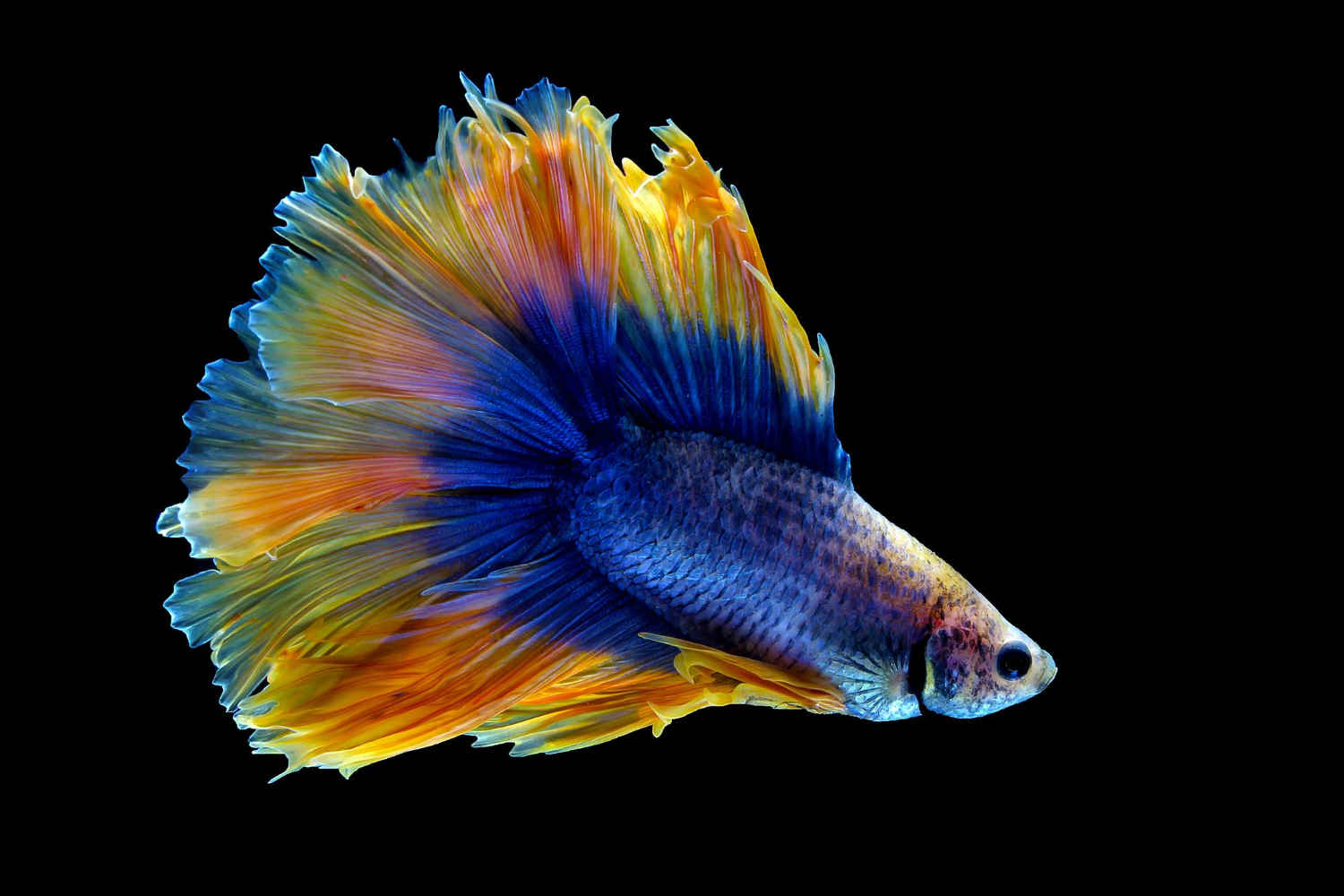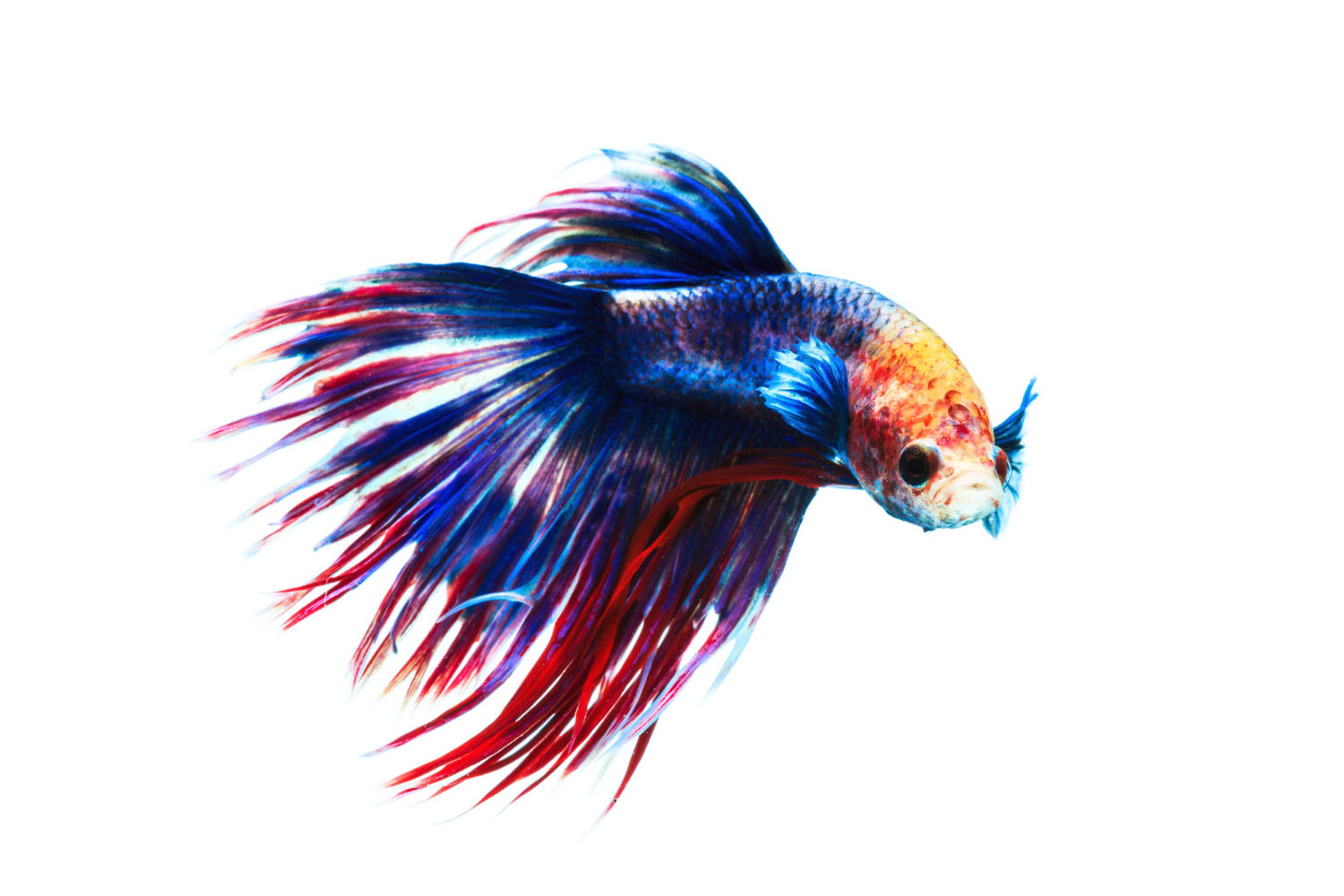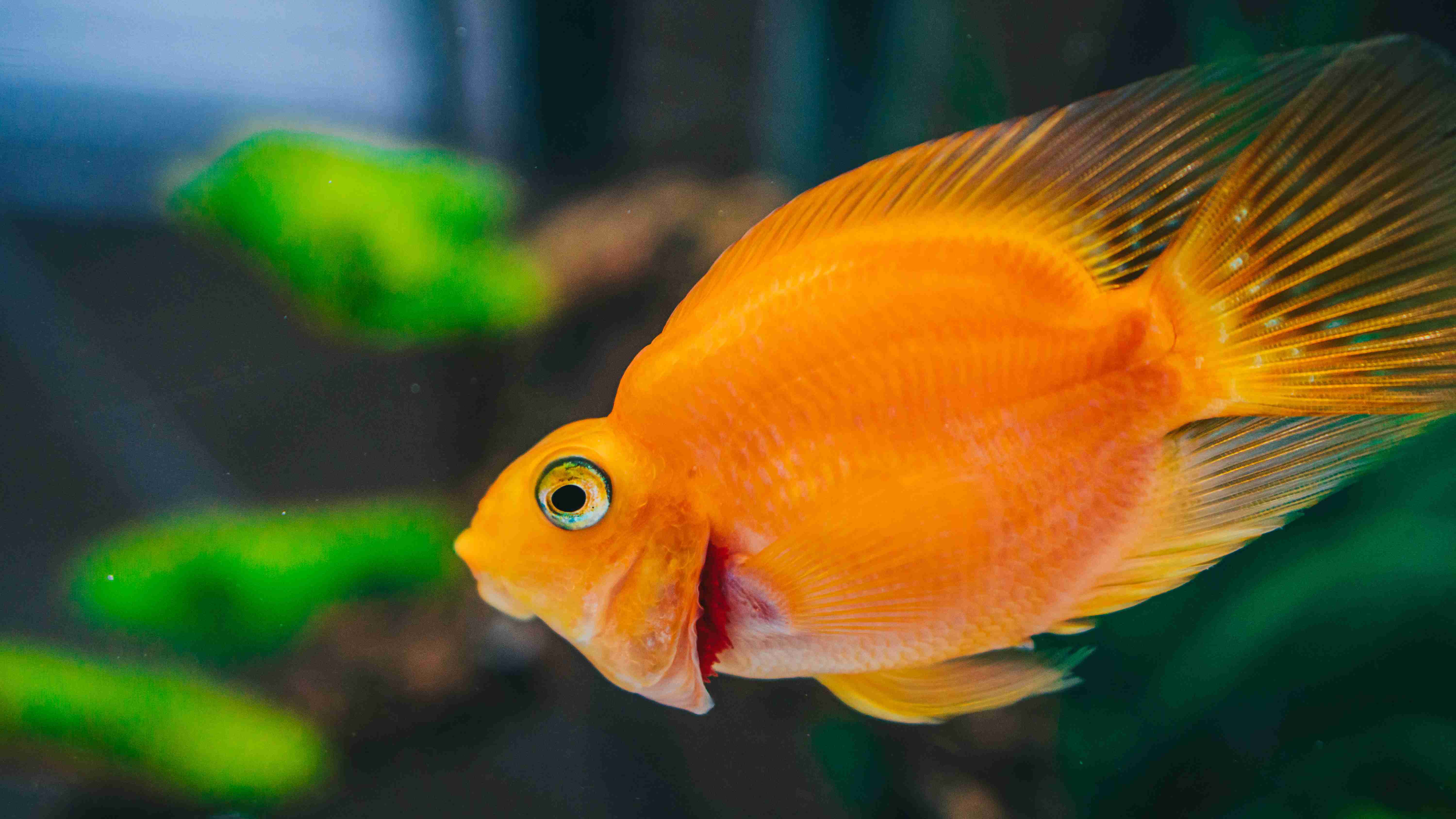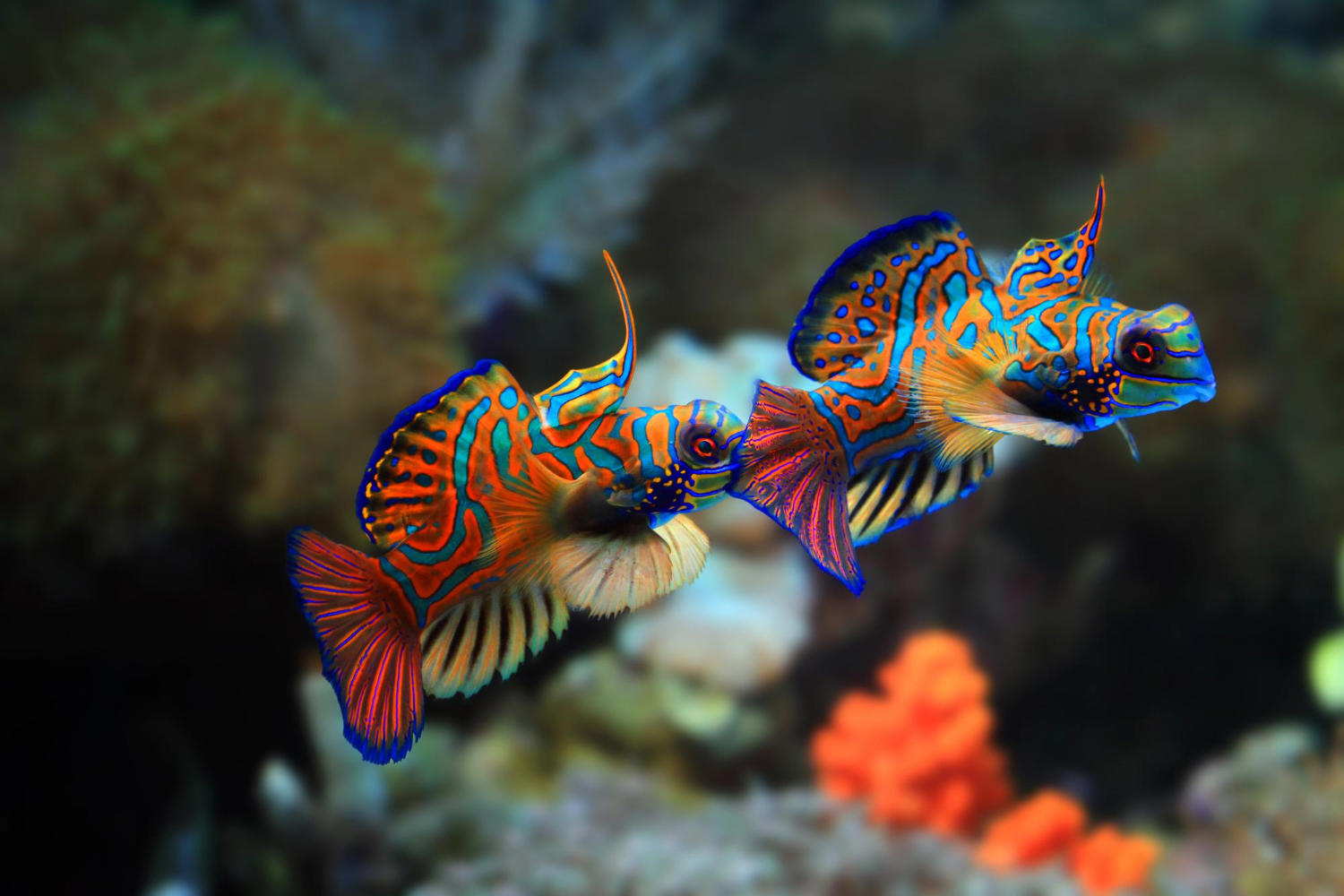Are you a beginner in the world of fishkeeping and wondering how to feed your baby fish? Feeding fry can be tricky, but it’s crucial for their growth and development. As they are still fragile and delicate, you need to make sure you provide them with the right nutrition and care. In this beginner’s guide, we’ll cover the basics of feeding fry, including what to feed them, how often to feed them, and tips to ensure they stay healthy and happy. So, let’s dive in and learn how to nourish your baby fish!
Feeding Fry 101: A Beginner’s Guide to Nourishing Baby Fish
If you’re new to the world of raising fish or have recently acquired a batch of fry, you may be wondering how to properly feed them. Feeding fry requires special care and attention, as they have unique nutritional needs that must be met in order for them to grow healthy and strong. In this guide, we’ll cover everything you need to know about feeding fry, from the types of food they need to eat to the frequency of feeding and more.
What are Fry?
Fry are baby fish that have just hatched from their eggs. They are typically very small in size and require special care in order to survive and thrive. Depending on the species of fish, fry may be able to swim and feed on their own immediately after hatching, or they may require a period of time where they are attached to a yolk sac and unable to swim or feed.
Types of Food for Fry
The type of food you feed your fry will depend on the species of fish you are raising. In general, there are three main types of food that are suitable for feeding fry: live food, frozen food, and dry food.
Live food: Live food is the most natural and nutritious option for feeding fry. Some examples of live food include brine shrimp, daphnia, and microworms. Live food can be purchased from pet stores or online, or you can culture your own live food at home.
Frozen food: Frozen food is a convenient option for feeding fry, as it can be stored in the freezer and thawed as needed. Some examples of frozen food include brine shrimp, bloodworms, and daphnia.
Dry food: Dry food is the most convenient option for feeding fry, as it can be easily stored and does not require any preparation. Some examples of dry food include flake food, pellets, and fry-specific food.
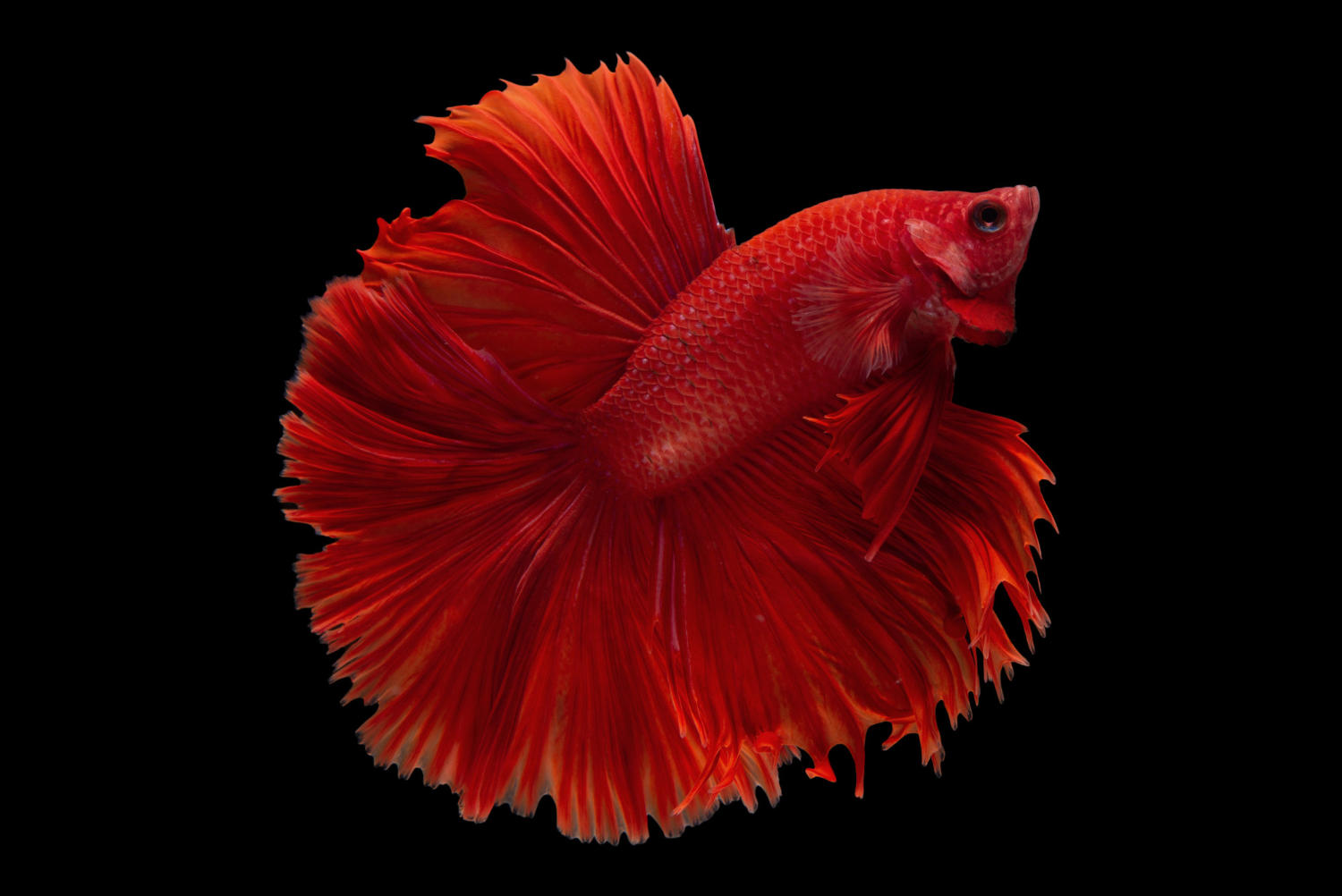
Frequency of Feeding
Fry have small stomachs and require frequent feeding in order to grow and develop properly. In general, you should aim to feed your fry small amounts of food several times a day. The exact frequency of feeding will depend on the species of fish you are raising and the age of the fry.
For very young fry, you may need to feed them every 1-2 hours. As they grow older, you can gradually reduce the frequency of feeding to 3-4 times a day. It’s important to monitor your fry closely and adjust their feeding schedule as needed to ensure they are getting enough food.
Feeding Techniques
Feeding fry can be a delicate process, as they are small and can easily be overfed or underfed. Here are some tips for feeding fry:
– Use a feeding tube: A feeding tube is a small, flexible tube that can be used to target feed individual fry. This is especially useful for very young fry that may have trouble competing for food with larger fry.
– Use a feeding ring: A feeding ring is a small, floating ring that can be used to contain the food and prevent it from spreading throughout the tank. This can be helpful for ensuring that all of the fry have access to the food.
– Feed small amounts: Fry have small stomachs and can easily be overfed. It’s better to feed them small amounts of food several times a day rather than one large feeding.
Conclusion
Feeding fry requires special care and attention, but with the right knowledge and techniques, it can be a rewarding and enjoyable experience. Remember to choose the right type of food for your fry, feed them frequently, and use the right feeding techniques to ensure they are getting enough nutrition. With these tips in mind, you’ll be well on your way to raising healthy and strong baby fish.
In conclusion, feeding fry may seem like a daunting task, but with the right knowledge and techniques, it can be a rewarding experience. Remember to provide the right type of food, in the right amount, and at the right time. Keep an eye on your fry’s growth and behavior, and adjust your feeding routine accordingly. With patience and dedication, you’ll be able to raise healthy and happy baby fish that will grow into stunning adults. Happy feeding!


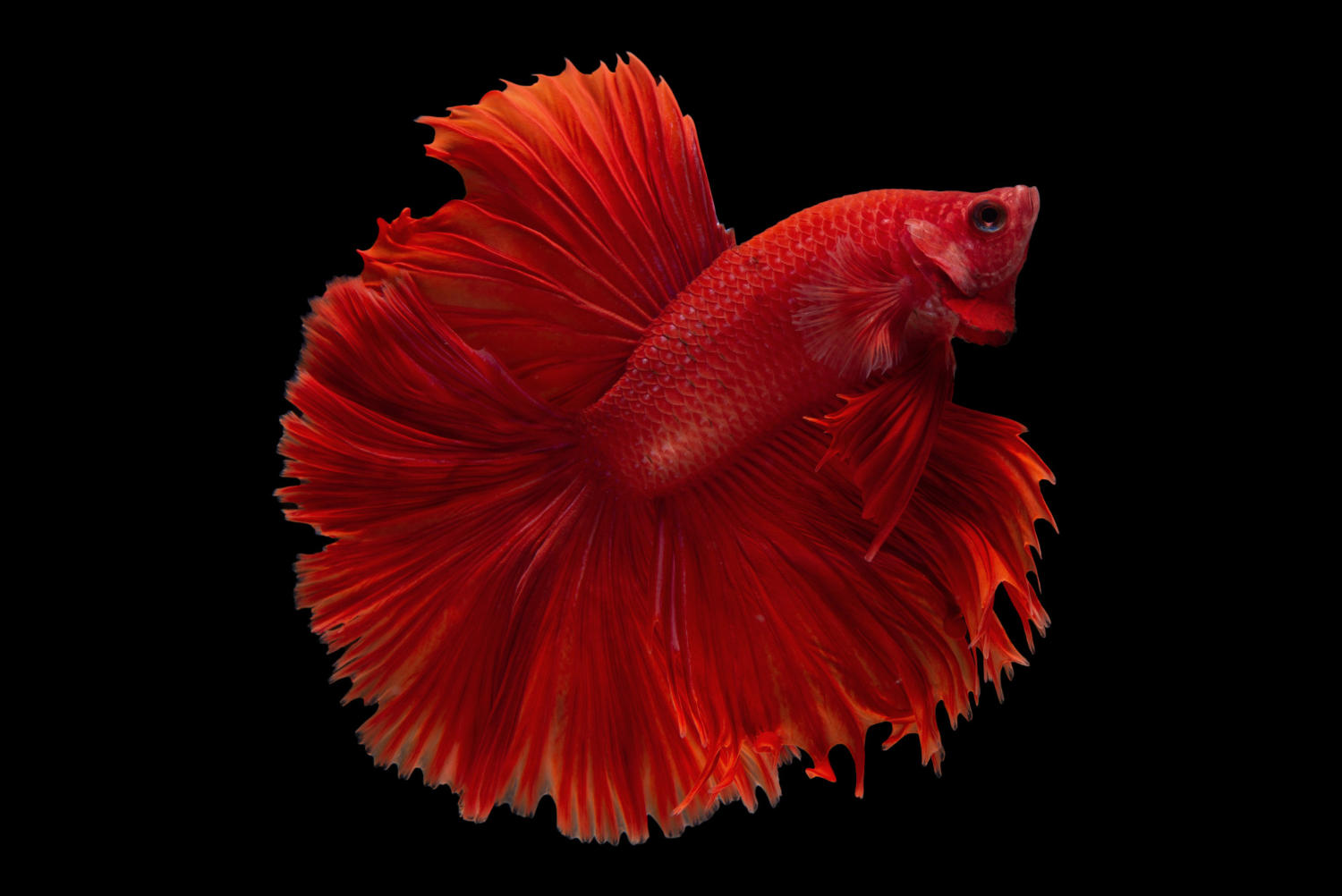
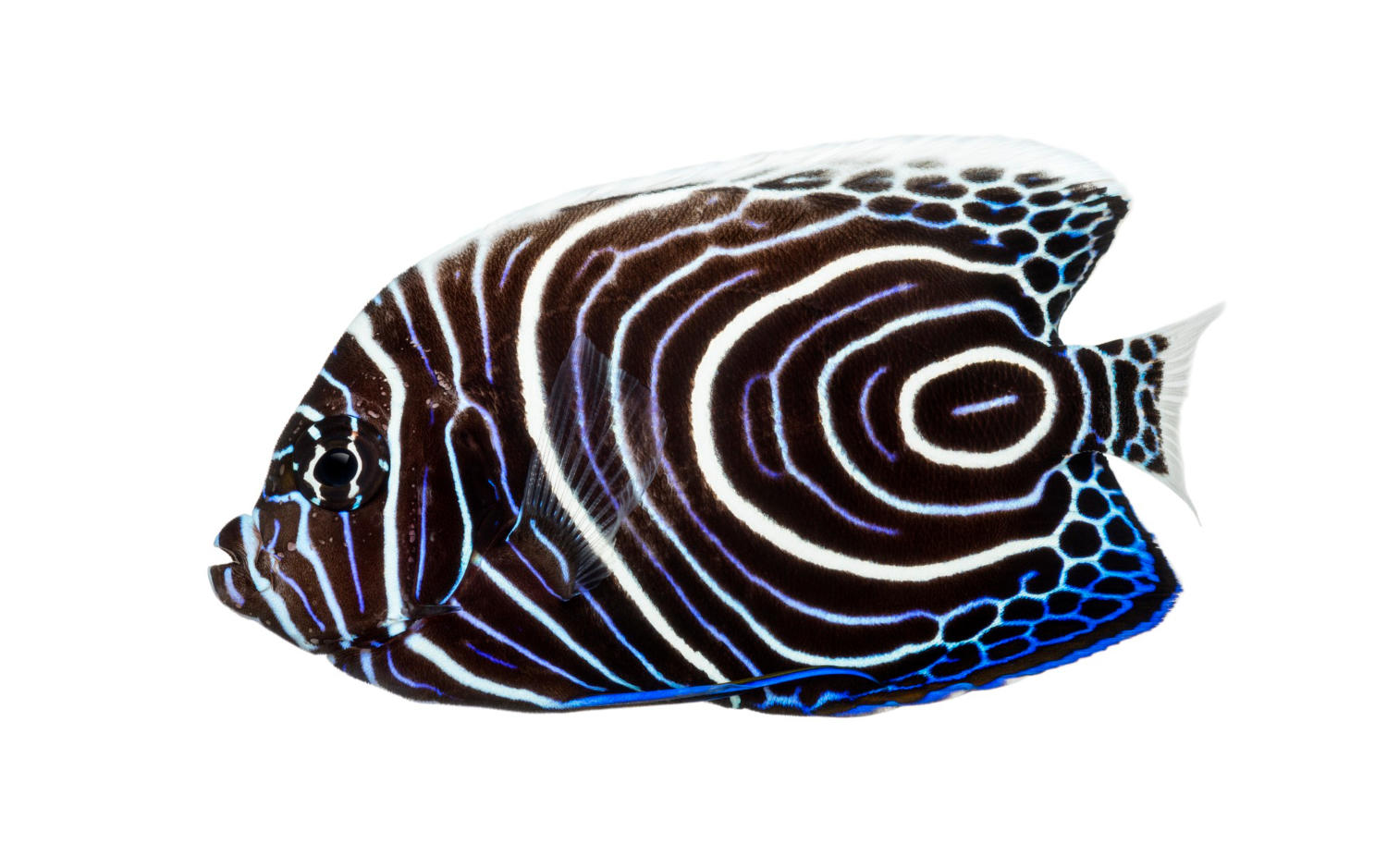
.jpg)
